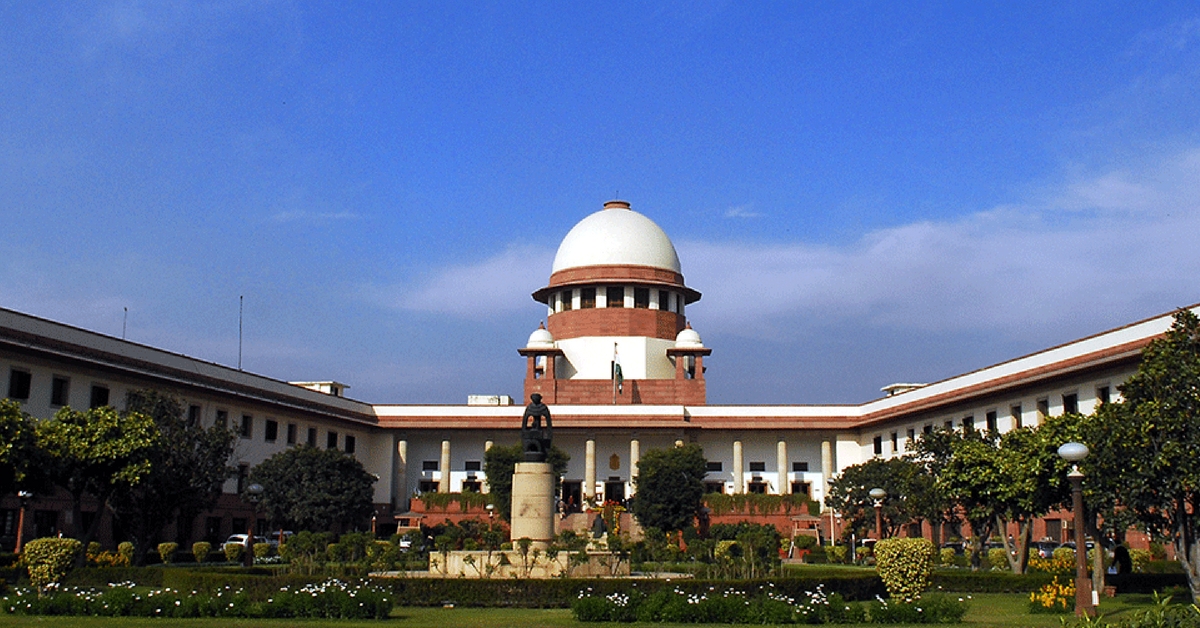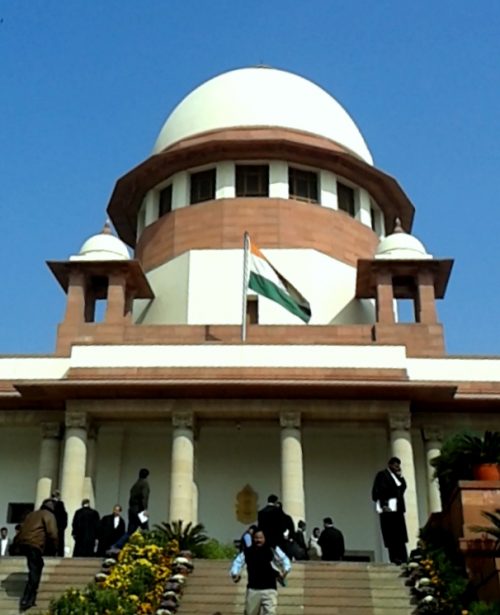TBI Blogs: Did You Know India’s First PIL Was Filed 40+ Years Ago? Here Are the 5 Most Iconic PILs Since Then
Over the last 40 years, the Public Interest Litigation (PIL) has been one of the greatest tools available to citizens seeking legal redressal and justice. Here are five of the most iconic PIL cases and judgements from India.

Public interest litigation (PIL), in simple words, is litigation for any public interest. Public interest litigation is a litigation which can be filed in any court of law by any public-spirited person for the protection of “public interest”.
PILs have achieved a place of great importance in our legal system. In India, the first PIL was filed in the year 1976 – Mumbai Kamgar Sabha v. M/s Abdulbhai Faizullabhai and others [1976 (3) SCC 832]. The seed of the PIL was sown by Justice Krishna Iyer through this landmark judgement. Soon thereafter, with the efforts of Justice Bhagwati, the concept of the PIL evolved and developed to a great extent.
The following are five landmark PIL cases in India:
Vishaka v. State of Rajasthan
As part of a governmental campaign against child marriage, Bhanwari Devi attempted to stop the marriage of a one-year-old girl in rural Rajasthan. Members of the local community retaliated first by harassing Bhanwari Devi with threats and imposing a socio-economic boycott on her family. Then, on September 22, 1992, five men raped Bhanwari Devi.

Bhanwari Devi faced numerous obstacles when she attempted to seek justice. Frustrated by the criminal justice system’s inability to provide tangible remedies and restore the dignity of the victim, Naina Kapur, a lawyer who had attended Bhanwari Devi’s criminal trial, decided to initiate a PIL action in the Supreme Court to challenge sexual harassment in the workplace. The Vishaka writ petition was filed in 1992 in the names of five NGOs against the State of Rajasthan, its Women & Child Welfare Department, its Department of Social Welfare, and the Union of India.
The Vishaka judgment recognized sexual harassment as “a clear violation” of the fundamental constitutional rights of equality, non-discrimination, life, and liberty, as well as the right to carry out any occupation. The guidelines, directed toward employers, included a definition of sexual harassment, a list of steps for harassment prevention, and a description of complaint procedures to be “strictly observed in all workplaces for the preservation and enforcement of the right to gender equality.”
It promoted greater enforcement of women’s rights and broader application of international law at the High Court level. The case has thus been described as “path-breaking”, “one of the most powerful legacies” of PIL, and a “trendsetter” that “created a revolution”.
Javed v. State of Haryana
The Javed litigants challenged the constitutionality of a coercive population control provision, which governed the election of the panchayat. The Haryana Provision disqualified “a person having more than two living children” from holding specified offices in panchayats. The objective of this two-child norm was to popularize family planning, under the assumption that other citizens would follow the example of restrained reproductive behaviour set by their elected leaders.

Upholding the Haryana Provision as “salutary and in the public interest”, the Court’s main emphasis was on “the problem of population explosion as a national and global issue” at the expense of protecting human rights. The Javed decision did not evaluate critically the impact of the contested provision on family planning. The Court described the provision as “well-defined”, “founded on intelligible differentia”, and based on a clear objective to popularize family planning.
Hussainara Khatoon v. State of Bihar
Many have regarded this case as the first PIL in India as well. In this case, the attention of the Court focussed on the incredible situation of under-trials in Bihar who had been in detention pending trial for periods far in excess of the maximum sentence for their offences. The Court not only proceeded to make the right to a speedy trial the central issue of the case, but passed the order of general release of close to 40,000 under-trials who had undergone detention beyond such maximum period.
M.C. Mehta v. Union of India

The court passed three landmark judgments and a number of Orders against polluting industries, numbering more than 50,000 in the Ganga basin, from time to time. In this case, apart from industries, more than 250 towns and cities also had to set up sewage treatment plants.
600 tanneries operated in a highly congested residential area of Kolkata. The ruling shifted them out of the city and relocated them to a planned leather complex in West Bengal. The Court closed down several industries, allowing them to reopen only after setting up effluent treatment plants and controlled pollution. As a result, millions of people escaped air and water pollution in the Ganga basin, covering eight states in India.
Parmanand Katara v. Union of India
Parmanand Katara, a human rights activist, filed a writ petition in the Supreme Court. His basis was a newspaper report concerning the death of a scooterist after an accident with a speeding car. Doctors refused to attend to him. They directed him to another hospital around 20 km. away that could handle medico-legal cases. Based on the petition, the Supreme Court held that:
- Preservation of human life is of paramount importance.
- Every doctor, at a government hospital or otherwise, has the professional obligation to extend his/her services to protect life.
- There should be no doubt that the effort to save the person should receive top priority. This applies not only to the legal profession, but also to the police and other citizens part of the matter.
For legal advice and assistance, check out the Lawyered website.
Like this story? Or have something to share?
Write to us: [email protected]
Connect with us on Facebook and Twitter.
NEW: Click here to get positive news on WhatsApp!
This story made me
-
97
-
121
-
89
-
167
Tell Us More
We bring stories straight from the heart of India, to inspire millions and create a wave of impact. Our positive movement is growing bigger everyday, and we would love for you to join it.
Please contribute whatever you can, every little penny helps our team in bringing you more stories that support dreams and spread hope.



















